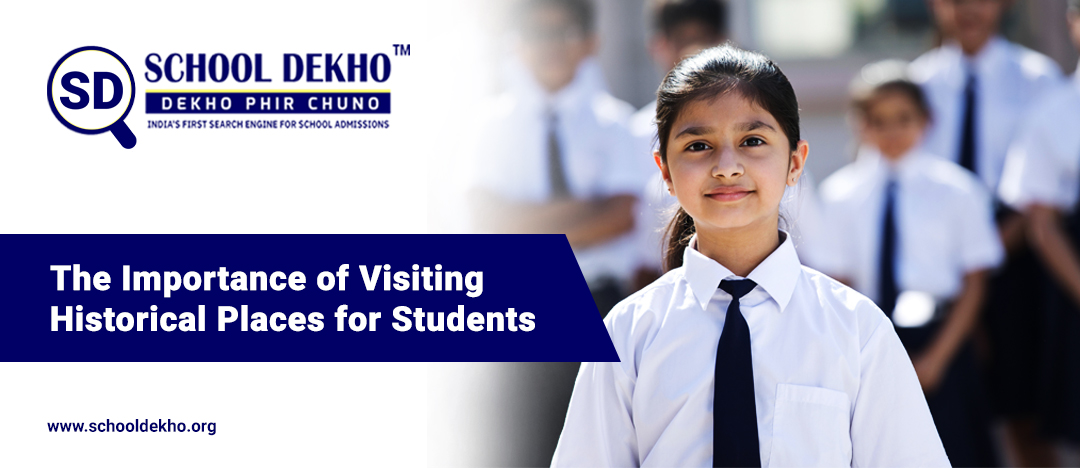The Importance of Visiting Historical Places for Students

Visiting historical places is an essential part of a student's education. Historical places are a great way to learn about our past, cultural heritage, and the significance of events that have shaped our society. They offer a unique opportunity for students to see and experience firsthand the artifacts, buildings, and landscapes that have defined our history. In this article, we will explore why visiting historical places is so crucial for students.
One of the most significant advantages of visiting historical places is that it provides students with a visual and tangible learning experience. Students can see and touch objects that they have only read about in textbooks, which brings history to life. Historical places such as museums, monuments, and archaeological sites are designed to provide an immersive experience that engages all the senses, making learning more fun and exciting.
Visiting historical places also helps students develop a deeper appreciation for cultural heritage. Learning about other cultures and traditions is essential for understanding and respecting differences. By visiting historical places, students can learn about the customs and traditions of other cultures, which can help foster empathy and tolerance.
Furthermore, visiting historical places provides an opportunity for students to develop critical thinking and analytical skills. By analyzing and interpreting historical artifacts, students can learn about the different ways people lived and how societies have evolved over time. They can also learn about the social, economic, and political factors that have influenced historical events.
Another benefit of visiting historical places is that it helps students develop a sense of pride and patriotism. By learning about their country's history and culture, students can develop a sense of belonging and identity. Historical places such as national monuments, battlefields, and landmarks can instill a sense of national pride and inspire students to become more involved in their communities.
Visiting historical places can also be an excellent way to promote experiential learning. Experiential learning is a teaching method that involves hands-on experiences that allow students to apply what they have learned in the classroom to real-life situations. By visiting historical places, students can experience history in a tangible and meaningful way, which can enhance their learning experience and retention.
Finally, visiting historical places can be a great way to promote physical activity and outdoor learning. Many historical places, such as parks, monuments, and trails, offer opportunities for students to explore and learn about history while enjoying the outdoors. This can be a refreshing change from the traditional classroom setting and can promote a healthy and active lifestyle.
In conclusion, visiting historical places is an essential part of a student's education. Historical places offer a unique opportunity for students to learn about their cultural heritage, develop critical thinking skills, and promote a sense of pride and patriotism. They also provide an opportunity for experiential learning, physical activity, and outdoor learning. By incorporating visits to historical places into the curriculum, educators can provide students with a more immersive and engaging learning experience that will help them develop into informed and responsible citizens.
Also read -
Top 100 Opposite Words in English
Contact with Us
Call: 1800 - 2588 - 074
Mail: info@schooldekho.org
Student’s Best Education Portal | School Dekho | India's First School Search Engine | Best Schools Near Me | Find Schools Near Me | Dekho Phir Chuno
#dekhophirchuno






